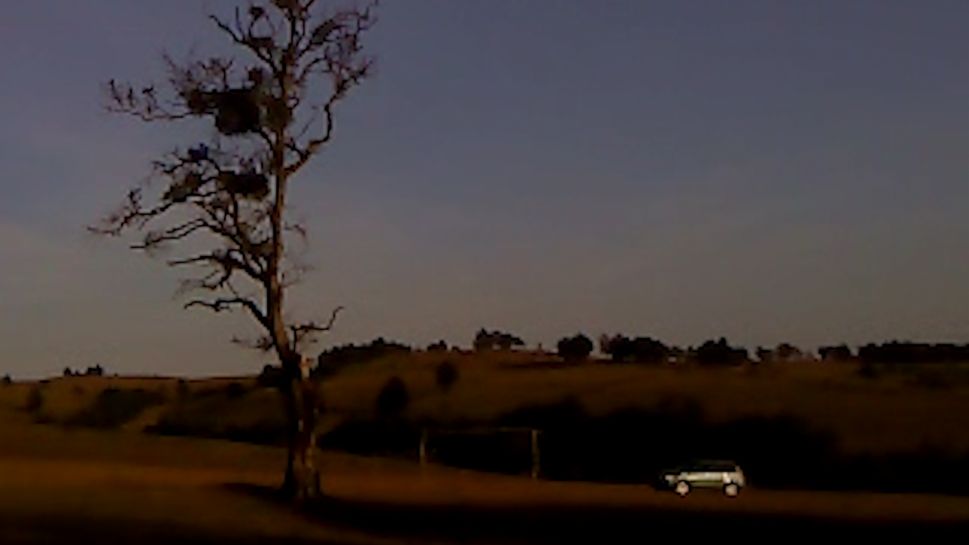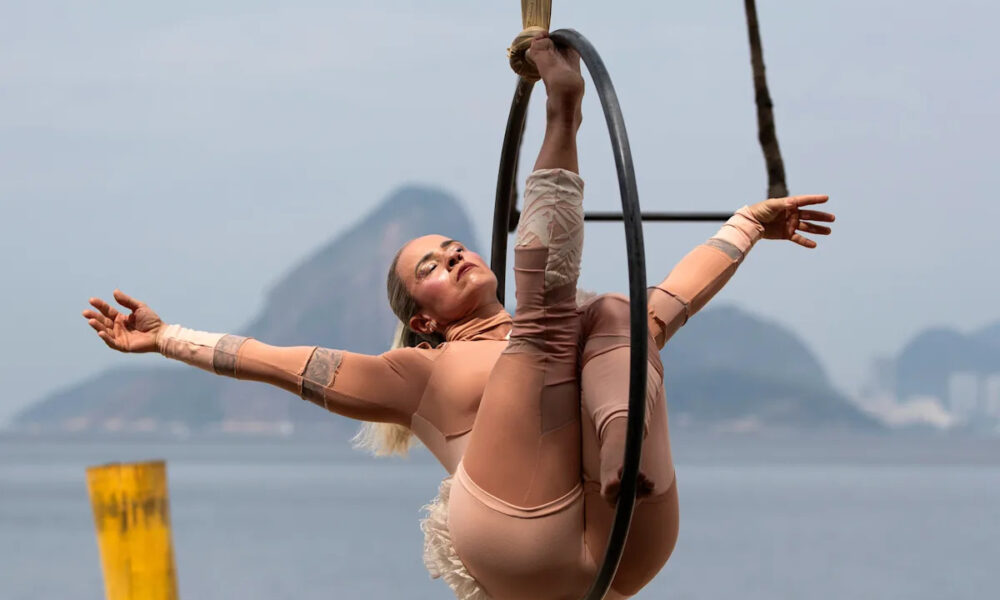Georgian filmmaker Alexandre Koberidze has taken a unique approach to his latest feature film, Dry Leaf, shooting it entirely on a vintage Sony Ericsson mobile phone. The film stars his father, David Koberidze, and features an original soundtrack by his brother, Giorgi Koberidze. The narrative follows Irakli, a father searching for his daughter Lisa, a sports photographer who mysteriously disappears while documenting soccer stadiums across rural Georgia.
This film, which premiered at the Locarno Film Festival and was recently screened at the BFI London Film Festival, has been described as a contemplative exploration of fate and serendipity rather than a conventional thriller. The title, Dry Leaf, references a specific soccer technique that creates an unpredictable ball trajectory, mirroring the film’s theme of unexpected journeys.
Innovative Techniques and Storytelling
Koberidze’s choice to utilize an older mobile phone is rooted in nostalgia and artistic expression. He purchased the Sony Ericsson in 2008 primarily for music, later discovering its photographic potential. “I became obsessed with taking pictures and began filming with it in 2014,” he said. This marked the beginning of a creative journey that would evolve over the years.
The aesthetic of Dry Leaf is characterized by colorful yet hazy visuals, which transport viewers to a different time and place. Koberidze explained the challenges of framing shots with a device that limits clarity, forcing him to think creatively about what is visible and what remains hidden. “The Sony Ericsson shows you a really small part of reality,” he noted, emphasizing the importance of intuition in his filmmaking process.
As the production of Dry Leaf progressed, Koberidze found that the film’s direction changed organically, aligning with its themes of unpredictability. Originally envisioned as a road movie, he shifted focus to the empty soccer fields and stadiums that capture the essence of community life in Georgia. “I was fascinated by how these places bring kids together,” he remarked, highlighting the community aspect of soccer in rural areas.
Invisible Characters and Future Projects
A notable feature of Dry Leaf is the presence of invisible or “ghost” characters. This concept emerged from Koberidze’s past experiences in film school and reflects his creative exploration of doubt and uncertainty in storytelling. He explained, “Thinking about these invisible characters is really joyful for me. It’s a challenge that pushes me to think differently.”
The film also employs sound design creatively, particularly in scenes where the main character interacts with unseen entities. The dialogue for these invisible characters was recorded later, adding depth to the film’s soundscape. Koberidze’s innovative approach to sound design raises questions about how audio can enhance the narrative.
Looking ahead, Koberidze is set to embark on his next project, titled Bilingual. This film, inspired by the 1996 album of the same name by the Pet Shop Boys, explores themes of duality through its narrative structure. “I have loved this album since childhood and wanted to create a film that captures its essence,” he said. The project will feature two interwoven stories, incorporating a larger team and multiple cinematographers.
The collaborative spirit is evident in Koberidze’s work with his brother, who composed much of the music for Dry Leaf. Their creative partnership has flourished, with Giorgi’s album coinciding with the film’s production, further intertwining their artistic endeavors.
As Dry Leaf continues to garner attention, Koberidze’s innovative storytelling and artistic vision are poised to leave a lasting impact on the film landscape, inviting audiences to reflect on the complexities of life and the beauty of the unexpected.





